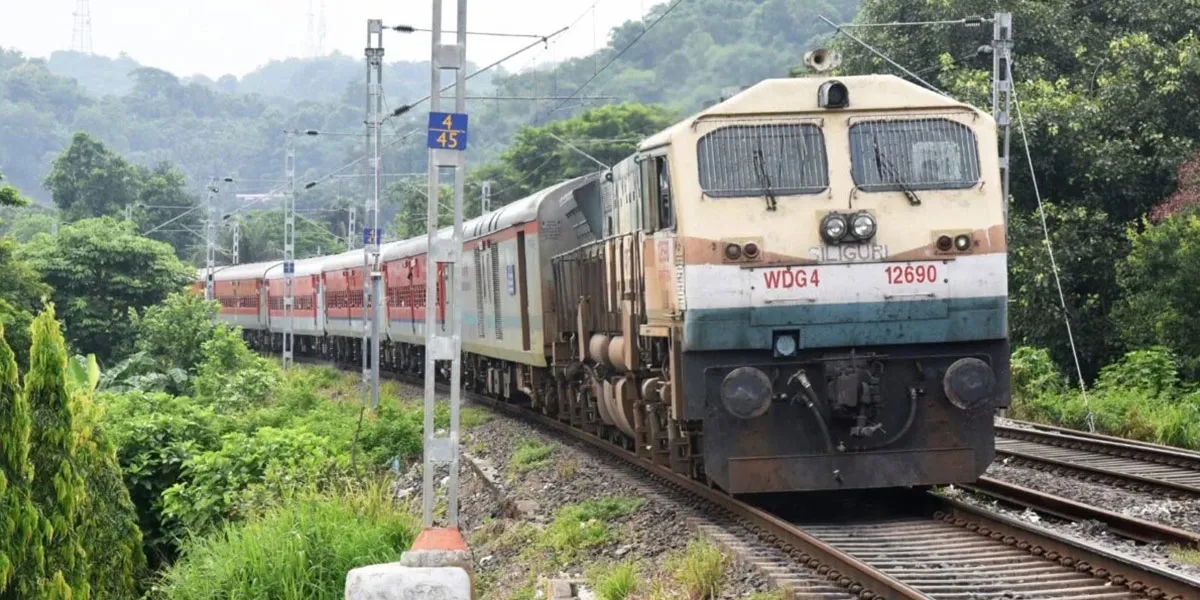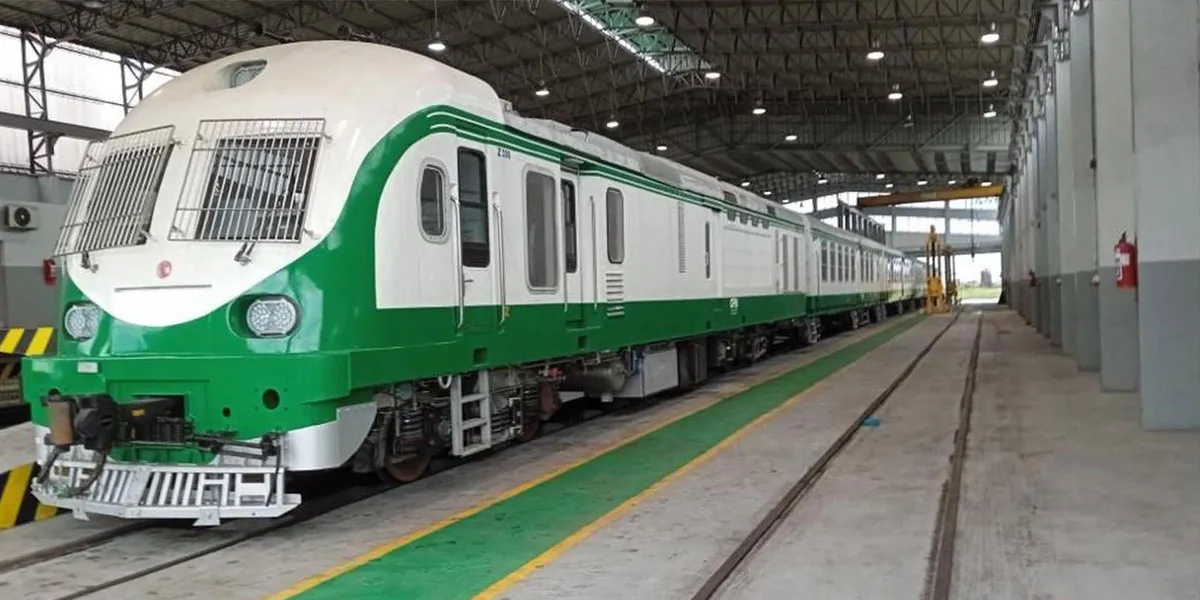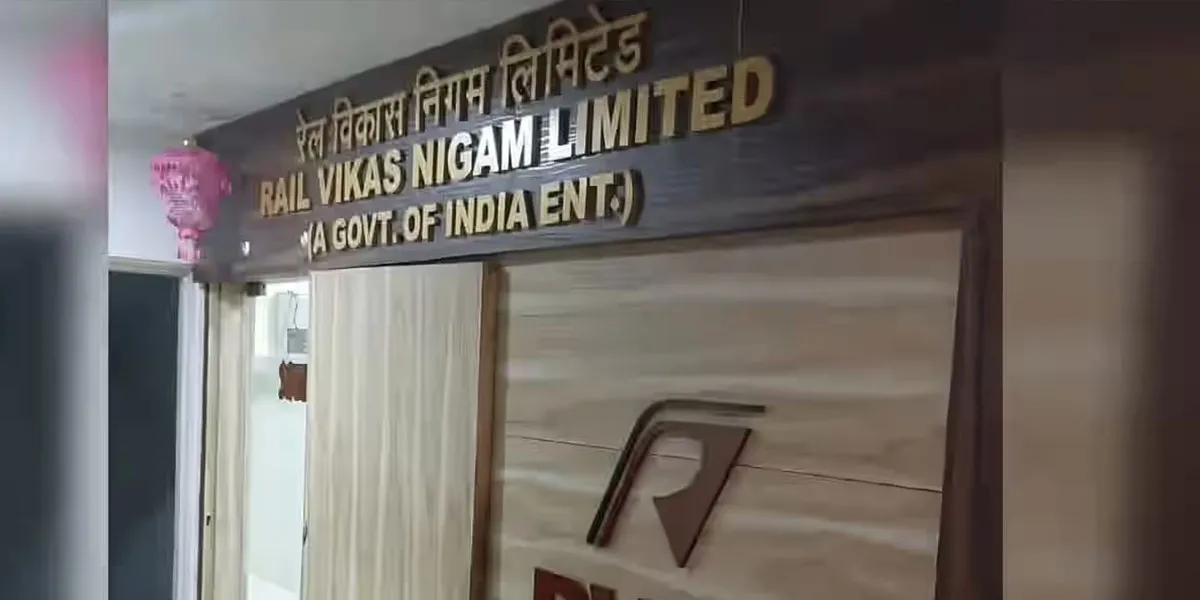The Plastic Movement
01 Jul 2012
7 Min Read
Editorial Team
In the next in a series of features on building materials, Shriyal Sethumadhavan probes into the judicious use and reuse of plastic waste in the construction industry.
It all began with an idea. The idea to utilise plastic waste as a construction material. When Ahmed Khan, Managing Director, KK Plastic Waste Management, a manufacturer of plastic products, realised how hazardous the material was, he decided to use it in ways that would help save the environment. The result: a solution to use plastic waste in paving roads.
And he found a taker in the Bengaluru municipality. S Somashekar, Chief Engineer (Roads & Infrastructure), Bruhat Bengaluru Mahanagara Palike, Bengaluru, who has used this material in paving roads, says, “Use of shredded plastic waste acts as a strong ‘binding agent’; when mixed with bitumen, it increases the ability of a road to withstand high temperatures.”
The beginning
While the use of plastic waste has been of great concern to scientists and engineers for a while now, “Recent studies in this direction have shown hope in terms of using it in road construction to form plastic roads,” says Somashekar. For Khan, his research and its results made a breakthrough when they were authenticated by the Central Road Research Institute,
New Delhi; Bangalore University; IIT-Kharagpur and -Chennai. Supported by the Bengaluru Municipal Corporation, he was later presented a pilot project of 40 km in the city. And today, “Nearly 1,500 km of plastic roads have been laid in Bengaluru, consuming around 10,000 tonne of waste plastic,” Khan affirms with pride.
As Somashekar recalls, after the initial study that was conducted in 1997, several others were carried out by the Centre for Transportation Engineering, Bangalore University. Moreover, tests have been conducted according to Indian Roads Congress guidelines to test the strength and durability of plastic roads, and the technology of road laying, as prescribed by them.
The process
Road construction consumes plastic on a large scale (around 1 tonne per kilometre). The first step to prepare this material for use in a hot mix plant involves its collection in various forms like carry bags, disposable cups and even PET bottles by rag pickers. Plastic components from electronic waste can also be used as the process has the ability to absorb any kind of plastic. This is then dried, dusted, segregated, and mixed with compounds. With plastic available in various grades, Khan highlights the intricate technology involved, “Each type is segregated and powdered separately and then mixed with bitumen for road construction.”
Somashekar adds, “Waste plastic (8 per cent of the weight of bitumen used) can be used for different types of bitumen roads. For instance, for 1 metric tonne of bitumen, 80 kg of waste plastic will be added. This is melted and mixed with bitumen in a specific ratio to form an oily coat. Normally, blending takes place at 45.5°C, but when plastic is mixed in, it remains stable even at 55°C.” Laboratory studies have shown that the bituminous concrete mix prepared by using the treated bitumen binder fulfils all the specified Marshall mix design criteria (a laboratory test that calculates the kind of mix to be designed) for the surface course of road paving. It was also observed that this could withstand adverse soaking conditions under water for a longer duration.
Life cycle costing
Plastic roads are a boon for India’s hot and extremely humid climate, where temperatures frequently cross 50°C and torrential rains create havoc, leaving most roads with gaping potholes. “Apart from just reducing non-bio degradable waste, inclusion of plastic increases the tensile strength of the mix, which further reduces the cracking potential of pavements at low temperatures,” says Somashekar. Emphasising on the benefits, he adds that a substantial amount of capital investment can be saved and maintenance works could be deferred for two to three years. Field studies have also proven a decrease in the deflection and roughness of the plastic road surface compared to that of conventional bitumen. This in turn reduces vehicle operating cost and travel time. Also, when used in roads, the plastic does not reappear in any form.
Overall, the cost of plastic road construction could be much higher than the conventional method. However, its benefits too, are significant. As Somashekar cites, “If calculated for a 1 km road of single lane carriageway (1 km length x 3.75 m breath x 25 mm thickness of bituminious layer road), the difference in cost with and without using this material is Rs 24,300.00.”(See tables)
The ‘road’ ahead
With tonnes of waste plastic in India, it is not only Bengaluru that can make plastic roads a success story. As Khan says, “Initially, we had presented a pilot project in Hyderabad and were in discussions with the Delhi and Maharashtra governments. But, plastic roads are still far from Mumbai’s and Delhi’s milestones.” In fact, Mumbai generates around 150 tonne of waste plastic everyday, of which, only 5-10 per cent gets recycled. “And anything recycled will eventually come back to the environment. Only if it is buried in roads, will it wear out,” points out Khan. If the entire country is connected together with recyclable plastic roads, only then, can 100 per cent plastic waste be put to use.
Studies also show that even if plastic is banned, it cannot be completely non-existent. “It is a by-product of diesel and petrol, and if unutilised, will be found in overflowing sewages, rivers and oceans. India produces 4,000 to 5,000 tonne of plastic every day. Nearly 1,000 to 1,500 tonne of waste plastic is generated during this. Khan strongly feels that much can be done, but it requires the will of the bureaucracy. We couldn’t agree more!
Building potential!
Putting plastic to good use is an issue world over. But, can this be addressed by collecting, recycling and moulding it into another shape in a building? Kamal Hadker, Managing Director, Sterling Engineering Consultancy Services Pvt Ltd, definitely believes so, “If done, we could be freed from many problems associated with plastic for the next 100 years.”
In construction: Seeing immense potential for this material in the building industry, as a structural engineer, Hadker’s search is formwork made from recycled plastic. “I can create a cavity construction so that the recycled plastic remains buried in the slab creating a void.” While voids work in many different ways, he says, “If placed horizontally, it gives a plain surface and a light weight slab with a tube of recycled plastic. The plastic is not visible but does the job of permanent shuttering.”
In fibre glass: Plastic is also, contrary to common knowledge, used to make fibre glass. Hadker says, “This is an extremely tensile and strong material; when created into a mould, it can be painted and installed in a building and appear like an exquisite carving.” A few projects have also used this material for shuttering; however, it is not widely used.
Other applications: This material cannot be used in its purest form; it has to be used in combination with some other material for it to function. For example, combined with polyetherene foam, plastic can be used for thermal insulation, and with polypropylene, is perfect to render plumbing pipes corrosion-free and not easily destructible.
It can also be used to make boards or partitions, which can be painted. “And, if you tweak the design a little more, plastic can even be used in external walls and wall panels in low cost housing,” adds Hadker. Apart from this, it can be used in door and window frames, and when wrapped around steel in formwork, its sheets provide a smooth surface for further construction.
Awareness in India: Despite such diverse applications, the potential of plastic in construction is still unknown in India. It is mostly being used to make plywood sheets, which are mainly sent to a carpenter to create wall units. On a large scale, these are not very popular, feels Hadker. But, its selling point is its competitive price. “Instead of stating the price to a contractor right away,” he says, “it would serve better if the plastic manufacturer simply stated how this material would do the same job for half the price!” While using plastic is definitely not expensive, especially given its huge availability, it needs to be used intelligently. One must have full knowledge of the pros and cons and not look to replace everything with plastic, cautions Hadker.
Share your experience with any construction material at feedback@ASAPPmedia.com



















